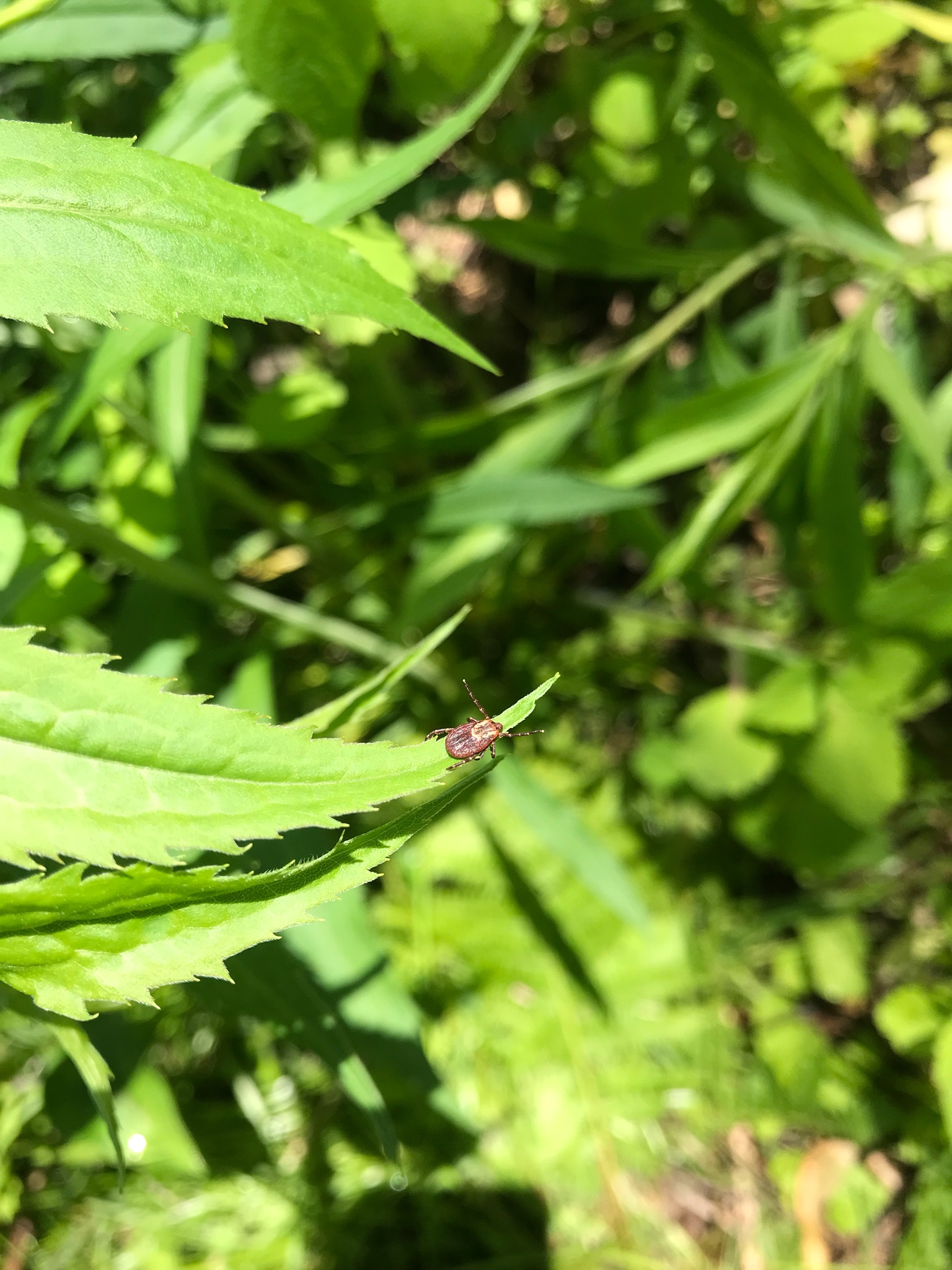Lyme disease is a debilitating tick-borne illness spread by ticks. The CDC estimates that half a million of Americans have been treated for Lyme disease. That does include the numerous other co-infections that exist, and often go unnoticed next to Lyme disease. Although some states do have state-wide programs in place to combat tick issues, a lot of states fail to acknowledge just how serious it is. It is important to understand the several factors as to why so many states experience a surplus of tick issues, and why some states are only in the early stages of a tick dilemma.
Host choice – Rodent density is a key factor in tick population growth. Rodents are the most hospitable hosts for larval ticks . White-footed mice are the main harborer for Lyme disease bacteria, B. burgdorferi. One main difference between the Eastern and Southern regions is that rodents seem to be less prevalent in the South. Instead, the Southern regions have a dense population of reptiles. A large portion of ticks in southern states have been found on lizards, as opposed to the abundant rodent life Eastern states exhibit.Reptiles are shown to be ill-fitting hosts for spirochetes from B. burgdorferi to survive. Because of this, tick population size in the South is %x smaller than the North.
Questing behavior – This behavior is seen in hard ticks (deer, dog, and lone star ticks). It is the ticks way of increasing its chances of coming into contact with a host. This mainly includes ticks sitting at the peak of grass blades with their legs outreached waiting to feel something brush up against them. This behavior differs based on climate factors. Southern states are notoriously hotter, lacking humidity compared to northeastern states which experience vast seasonal changes.
- More desiccation in Southern states.
- Questing behavior requires a lot of energy, about 30% more. If there is less moisture in the air, then ticks will allocate less time to questing so they can conserve their water intake/reserve.
Elevation differences – Higher elevations see a smaller number of tick populations via research conducted. Evidence is not solid as elevations between places like Europe and the United States yield different conclusions regarding tick populations. It would make sense to see less ticks at higher elevations as only certain rodents/animals will be at much higher elevations than on ground level.
Urbanization – With developing rural areas into cities comes major drawbacks. The endemic wildlife tends to adapt and thrive in the urban environment. This includes deer, and mice, which we know are some of the ticks most sought after hosts. You’re thrown into a tick’s natural habitat with deforestation.
Climate change – Ticks are exotherms, meaning they can’t regulate their internal temperatures as mammals do. Increasing temperatures on the outside allow them to remain active in winters when they would normally be in diapause. As we continue to see warmer temperatures in the winter, we will also see an increasing population of ticks the following Spring as they are now able to survive through the cold season.
Public awareness – Although still heavily underreported, tick-borne illnesses and tick species have gained more awareness over the years. New information emerging might only be due to a spotlight being shined on the topic. Tick-borne illnesses have been an issue for quite a while, perhaps now the number of tick-borne illness cases can be controlled with proper safety information being distributed to the general public.
If you are able to communicate with people who are unaware of the dangers of tick-borne illnesses, we implore you to do so. The more of the general public that becomes aware of the issue surrounding ticks, the easier it is to gain funding for tick testing, research, and solutions. If your state does not offer free tick testing, our laboratory offers some of the most comprehensive and affordable tick testing available! https://www.tickcheck.com/.

